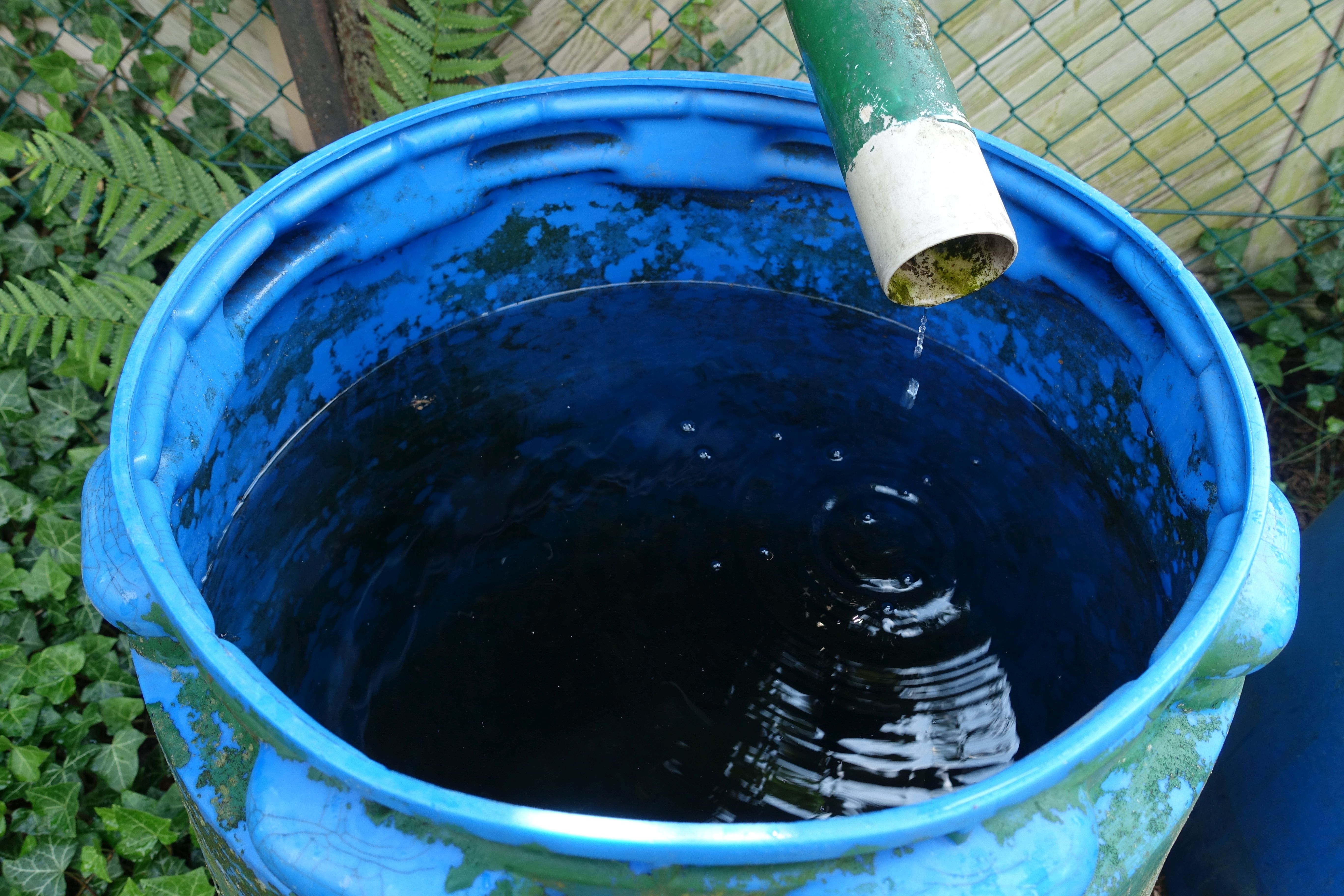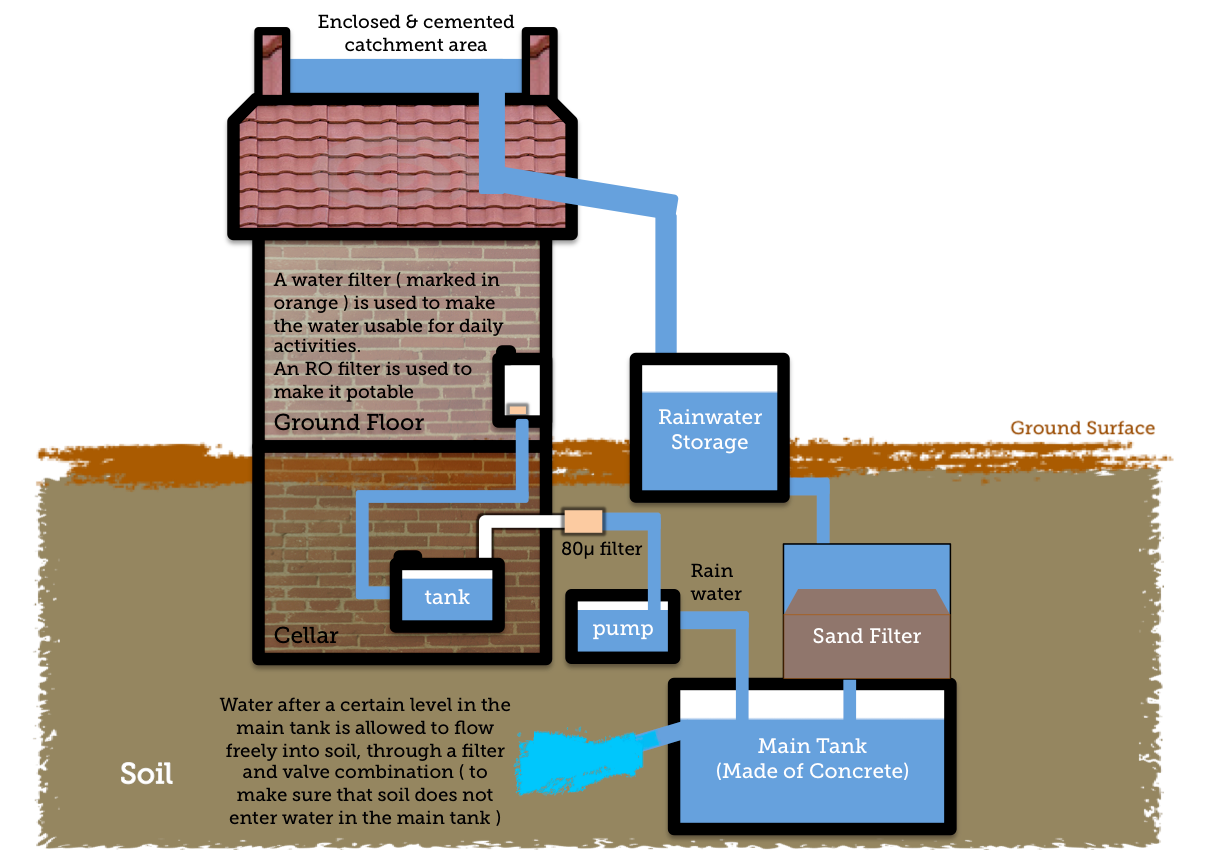Why Rainwater Harvesting is More Crucial Than Ever for India in 2025
India is known for its divere geography and also water scarcity. In 2025, India is facing one of its most severe water crises. According to a recent NITI Aayog report, over 40% of India's population has limited access to clean drinking water. News articles highlight alarming scenes — dried-up taps, contaminated water in cities like Delhi, Chennai, and Bengaluru, and farmers struggling with failed crops due to groundwater depletion.
With monsoon patterns becoming more erratic due to climate change and groundwater levels dropping by over 10 meters in several regions (as per the Central Ground Water Board, 2025), the urgency to adopt Rainwater Harvesting (RWH) has never been greater.
What is Rainwater Harvesting?
Simply put, rainwater harvesting is the collection and storage of rainwater for reuse on-site, rather than allowing it to run off. It can be used for drinking (after treatment), irrigation, groundwater recharge, and even daily household needs.
Common systems include:
-
Rooftop rainwater collection
-
Percolation pits
-
Recharge wells
-
Storage tanks

Why is Rainwater Harvesting So Important for India Right Now?
1. Groundwater Depletion is Alarming
India uses over 25% of the world’s groundwater resources. Shockingly, states like Punjab, Haryana, Rajasthan, and parts of Maharashtra have reported a 50% drop in groundwater levels compared to 2000. Rainwater harvesting can directly replenish aquifers, helping to balance usage and recharge.
2. Urban Water Stress is Peaking
Major cities like Bengaluru and Chennai are expected to become "Day Zero" cities if immediate actions aren't taken. Rainwater harvesting at residential and commercial buildings can reduce dependency on municipal supplies and prevent urban flooding by controlling surface runoff.
3. Affordable and Sustainable Solution
Unlike large-scale desalination or river-linking projects, RWH is low-cost, low-maintenance, and community-driven. It empowers local people to manage their own water needs without waiting for massive government interventions.
4. Agriculture Needs Immediate Support
Over 55% of India's agriculture is rain-fed. Erratic rains hurt crops and farmers' incomes. By harvesting rainwater, farm ponds and check dams can ensure year-round water availability for irrigation, leading to better crop yields and rural prosperity.
Government Push in 2025 for Rainwater Harvesting in India
The Government of India has intensified its initiatives:
-
Jal Shakti Abhiyan 2.0: Focuses heavily on rainwater harvesting in over 100 water-stressed districts.
-
Mandatory RWH systems: Several states (Tamil Nadu, Maharashtra, Delhi) now require rainwater harvesting installations in all new constructions.
-
Incentives & Subsidies: Up to 40% subsidies on installing rooftop harvesting systems in some urban centers.
Success Stories to Inspire
-
Chennai: After its 2019 water crisis, aggressive RWH implementation has increased groundwater levels by 50-60% in many city pockets.
-
Ralegan Siddhi, Maharashtra: Led by Anna Hazare, rainwater harvesting transformed the drought-prone village into a lush, self-sufficient community.
-
GD Water Consult is working for sustainable water solutions since 2014 and has now several products and services that focus on Wellbein With Water- from source to stomach.
Take a look at water crisis in Delhi
How You Can Contribute
-
Install a rainwater harvesting system at your home or apartment complex.
-
Build simple soak pits or recharge wells if space is limited.
-
Spread awareness in your society, schools, and workplaces.
-
Participate in local watershed management activities.
Conclusion:
Rain is a gift — and harvesting it is a responsibility.
In 2025, rainwater harvesting isn’t just an environmental choice; it’s an urgent necessity for India’s survival and future prosperity. Every drop we save today builds a stronger, water-secure tomorrow.





2 Comments
John Doe
Posted on: March 13, 2025Leverage agile frameworks to provide a robust synopsis for high level overviews. Iterative approaches to corporate strategy foster collaborative thinking to further the overall value proposition.
John Doe
Posted on: March 13, 2025Leverage agile frameworks to provide a robust synopsis for high level overviews. Iterative approaches